#1. Simple process vs. double process
One of the most requested color services, “a single process is a one-session color service and the color can be done all over the hair, or just a root touch-up,” explains celebrity colorist Tracey Cunningham. “A dual process is when two color services are required in one session to achieve the client’s desired look, such as highlights with tinting, which is very common.” For example, blondes who bleach their roots to get super platinum and then need an additional 20 to 30 minutes of toning after the lightening process, adds Shvonne Perkins, master colorist for Madison Reed.
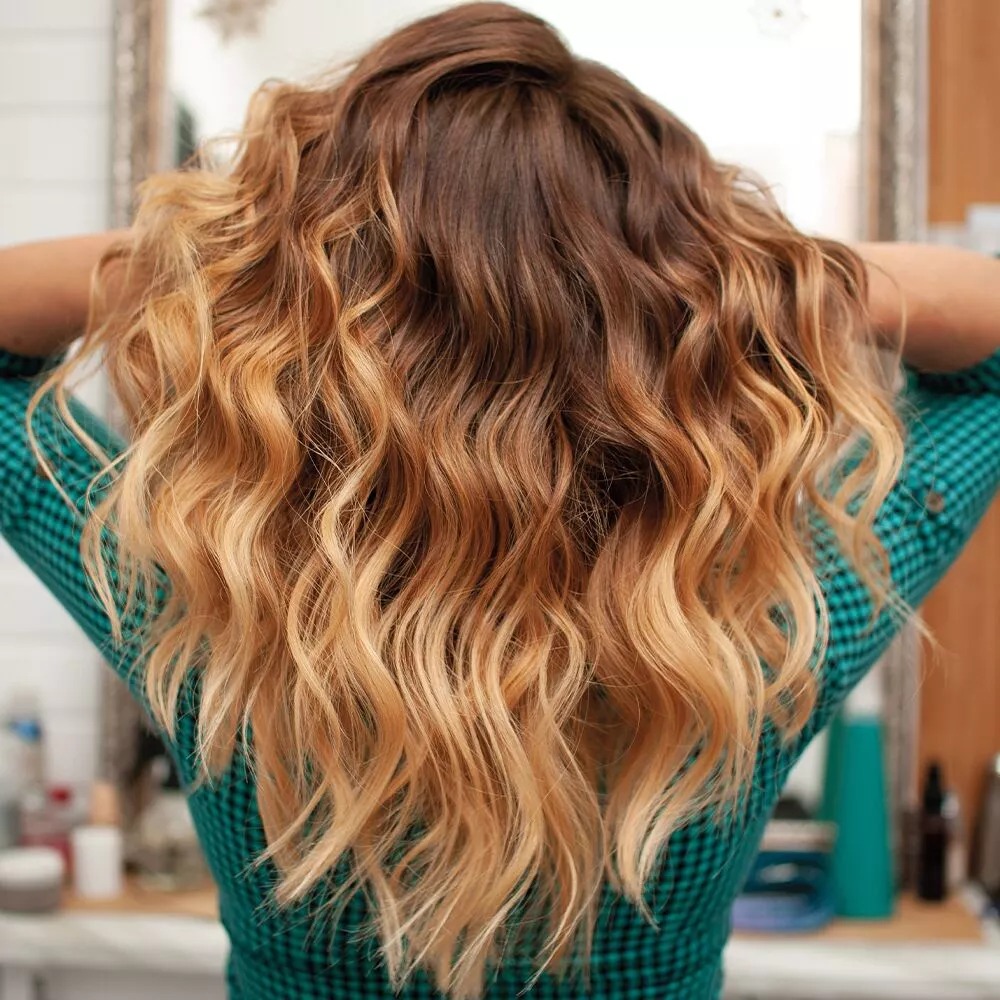
#2 Becomes dark to light
There is also a color correction service which takes the duplicating process one step further. “In situations where someone is going from dark hair to very light hair, they may actually go through two back-to-back applications of bleach, which is a multi-hour deal and usually more expensive than a double process,” says Perkins. Celebrity colorist Chad Kenyon adds, “When you go from dark to light, it can take an unexpected journey to achieve the desired results, aka multiple color sessions. I always explain this to my clients during their first consultation, which is super important. I pray them show me inspiration pictures of exactly what they want to achieve and what they don’t want.”
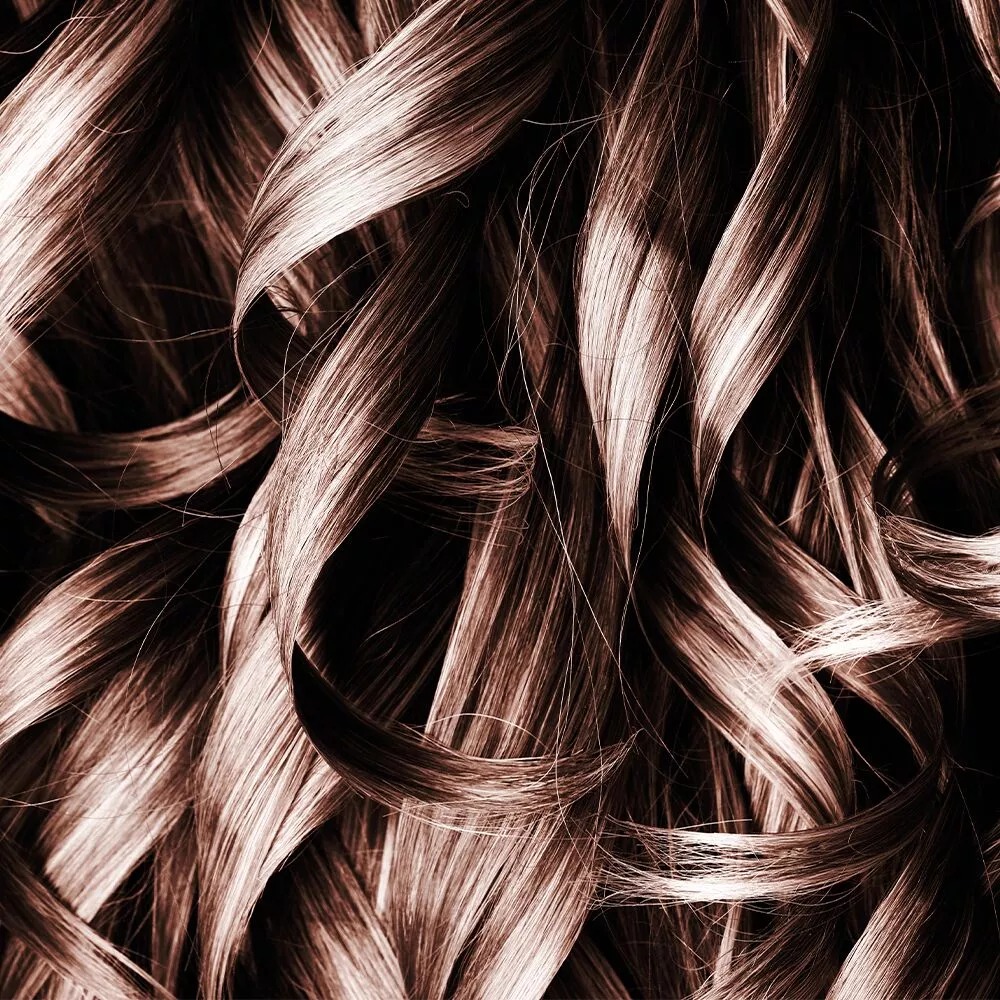
#3 Balayage Basics
A French technique used to lighten hair, balayage means “sweeping” and tends to blend more naturally with the hair’s base color. “It gets its name from the sweeping strokes or light freehand painting of highlights, and while it’s best on lighter hair, it can be done on any color,” says celebrity colorist Rita Hazan. The roots are left alone and color is applied from the mid-lengths down, creating a sun-kissed, multi-dimensional effect, adds Lee.
As a balayage artist, Kenyon paints hair freehand throughout the day. “It means I don’t use foils when I do the highlights,” he says. “Each balayage artist paints with their own technique: some use cotton and plastic wrap to separate the painted pieces with highlights on them from the hair they don’t want to lighten; others freehand like I do. I use clay-based lightener instead of bleach, which forms a protective shell on the outside of the hair. The clay also creates the perfect texture to paint with. I love customizing the clients hair color so it looks unique and individual.”
If balayage is done correctly, the hair should grow smoothly without harsh demarcation lines, and as a result, only two to three salon appointments per year will be necessary to refresh it. For this reason, balayage has a reputation for being lower maintenance than traditional highlights, but Hazan says that’s not always true. “It depends on the color and the technique,” she explains. “I wouldn’t recommend it for textured hair. I also don’t think you should go into a salon and ask specifically about balayage – I think you should show pictures of the color you like and then let the colorist decide which technique is best. Balayage is a technique, not a color.”
#4. What is a base break?
According to celebrity colorist Nikki Lee, a base break is when a root color is used to slightly lighten your natural hair color—it breaks up darker roots to help fade the line. “It’s good for those who want their natural color between their highlights to look lighter, or those who want to warm up their natural hair.”
#5. What is foliage?
While not technically balayage, foilage involves using the same sweeping technique to apply lightener or bleach to the hair, but then each section is wrapped in foil, like traditional highlights, rather than cotton or plastic wrap. “Using foils will allow for more lift because foils create heat,” says Lee.
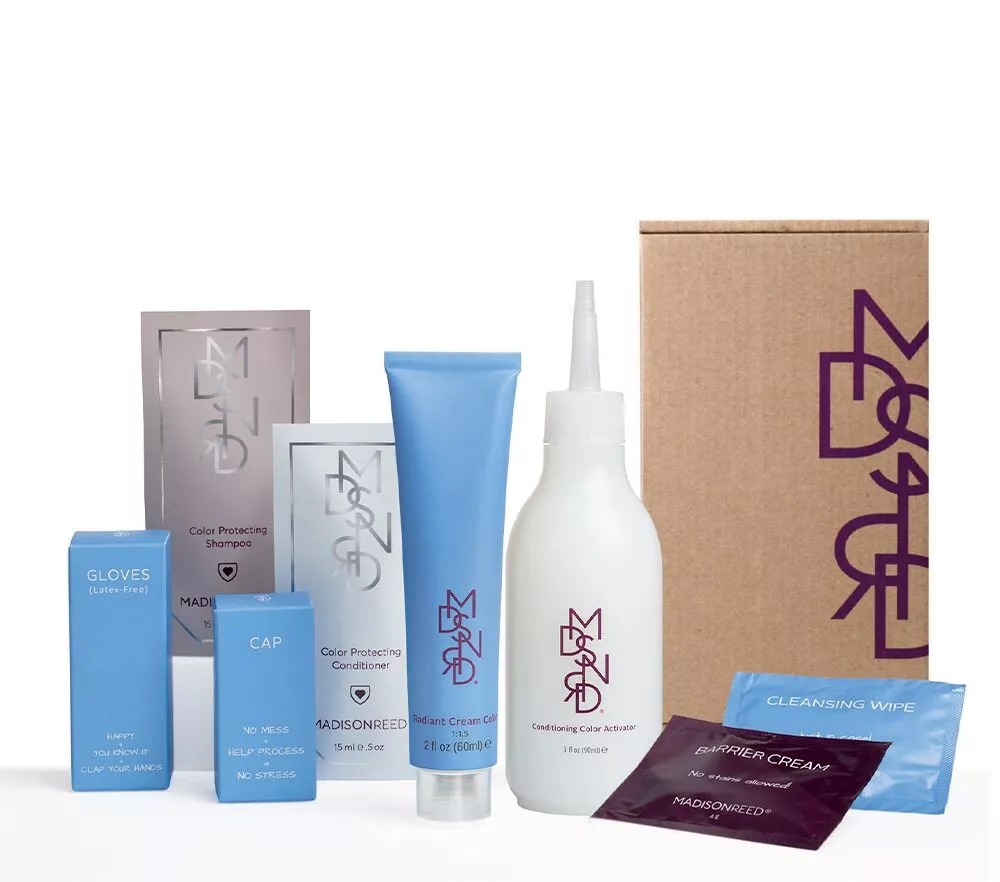
#6 Gray question
Today, there are several options for covering gray hair, from full-coverage permanent color that generally lasts four to six weeks, to demi-permanent color that blends grays without covering them completely and lasts up to 24 shampoos. Although full coverage remains the most common choice, “some clients prefer the demi-permanent method because it makes the growth process more gradual and softer,” says Perkins. “However, not all gray hair accepts color easily, and most hair color products have shades specifically designed for maximum coverage to support hair that is difficult to cover. Our Madison Reed Radiant Hair Color Kit offers ammonia- and PPD-free neutral and warm shades with extra pigment for this reason.”
#7. Gloss Boss
Glosses can be either transparent or tinted with demi-permanent pigment (not dye), and can be mixed with developer to adjust your specific hair color. They help refresh the tone of the color, as well as add shine, dimension and silkiness – think of them as a top coat over nail polish. They last about a month, slowly fading with each shampoo. “The great thing about glosses is that they don’t open up the hair’s cuticle—they preserve the health of the hair and don’t add porosity,” adds Perkins. “So you get the benefit of the shine and tone without overpowering and drying out the mid-lengths and ends. Shine is not always automatically included in color treatments, but it is always recommended, so remember to ask your colorist. A shine after a root touch-up is the best way to make your hair look salon fresh.”
Kenyon, who always does a gloss after highlights and root or base color touch-ups for clients, says that “even if the overall tonality of the hair looks good, a clear gloss will give the hair super shine. A salon gloss is always the way to go – leave shine to the professionals.”
#8. Is a glaze the same as a gloss?
Although they may sound different, Kenyon says glosses and glazes are essentially the same thing. “I tend to hear gloss more in Los Angeles and glaze more in New York City,” he notes. “Generally, they sit on top of the cuticle to tone, refresh and add shine. Some brands also make demi-glosses that ‘semi-penetrate’ the hair and can even blend gray tones.”
#9. 2 color trends to try this year
Cunningham says the “cashmere blonde” — a soft blonde that mixes cool and warm tones — and the “expensive brunette” trends that went viral last winter are still very popular. “Dear brunette looks like it’s all a shade of brown, but it’s babylights around the face, down the hairline and through the part, and then a lighter brown over them,” she explains. “It looks multidimensional and beautiful.”
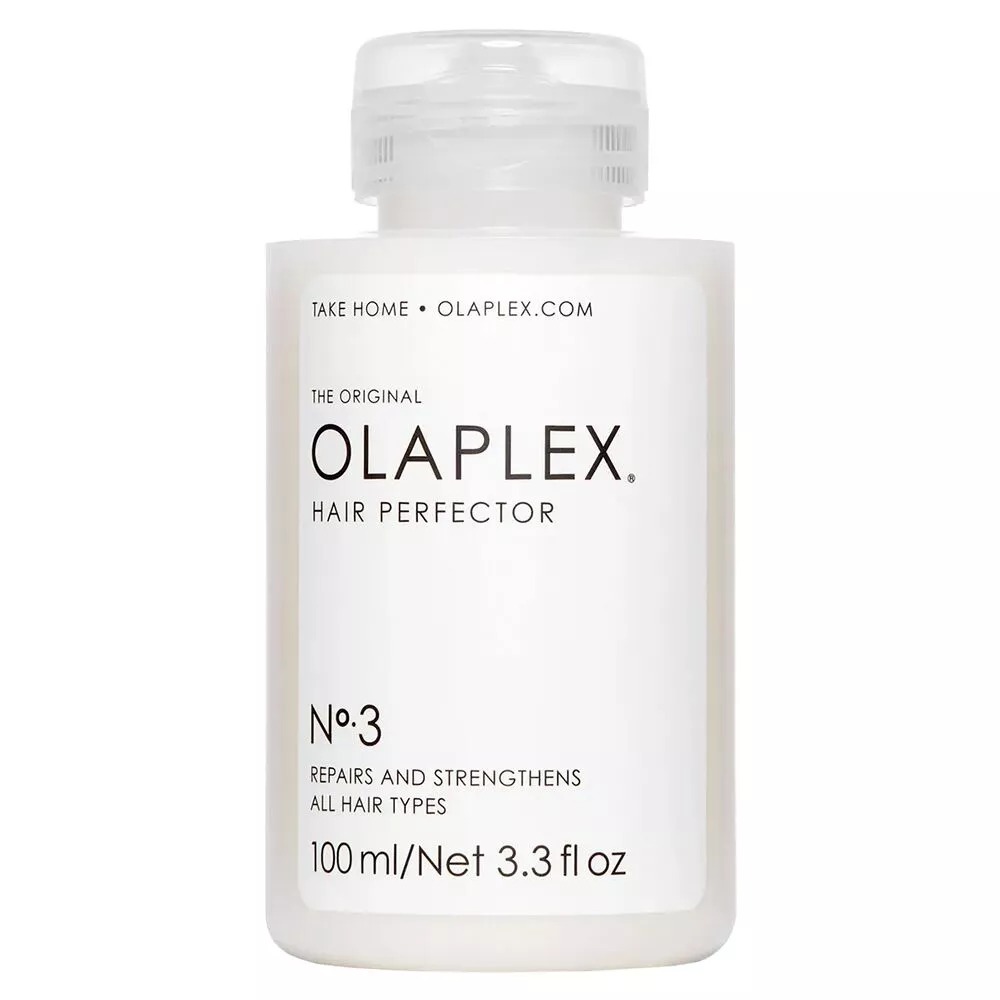
#10 Home color care: Wash cycle
“You don’t want to spend time and money on beautiful color and then have your shampoo strip your hair and cause your color to dull faster than it should,” says Cunningham, noting that sulfates are the most important ingredient you must avoid. Although sulfate-free shampoos get a bad rap for not lathering well, Kenyon likes Olaplex No.4 ($30) and says “the lather is luxurious.”
Lee adds that it’s best to only wash color-treated hair twice a week if you can manage it, and to wash with lukewarm or cold water, as hot water can dry out the hair and fade the color.
Toning shampoos can be helpful in removing brass. For those with blonde and gray hair, look for purple formulas, and for brunettes, blue shampoos can banish orange tones.
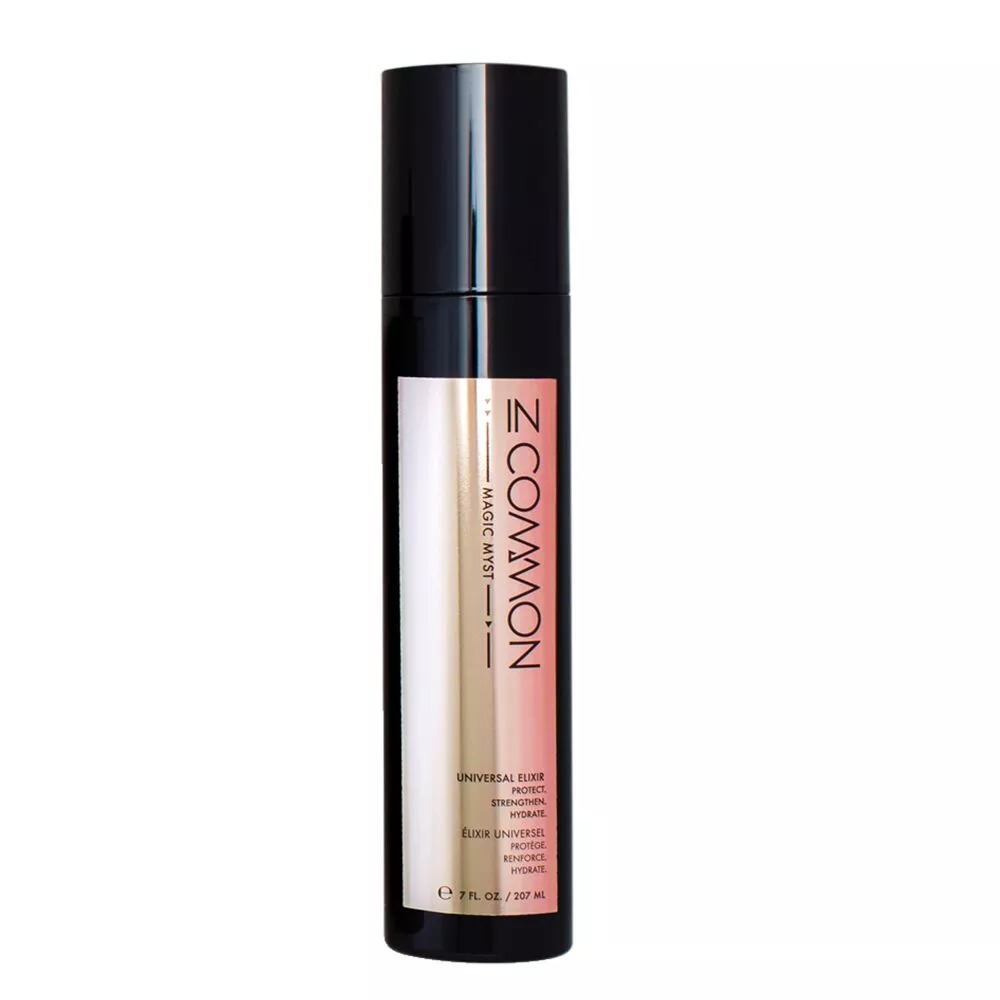
#11 Style Smart
Excessive heat styling can destroy the molecules in hair color, causing it to dull and fade. “Avoid using hot tools whenever possible and always use a heat protectant,” says Lee. “In Common Magic Myst 4-in-1 Elixir ($35) is my favorite.”

#12 Bond repair
“Colour treatments can damage and break the disulfide bonds in the hair, so you’ll want to use bond-building products like Olaplex No.3 ($30)—once a week—that help reconnect the bonds to repair the hair,” says Cunningham.
Glosses add shine, dimension and silkiness to hair – think of them as a top coat over nail polish – and last about a month.
